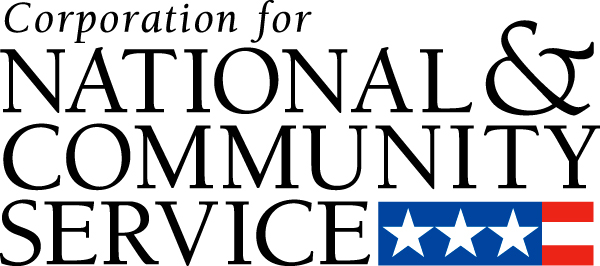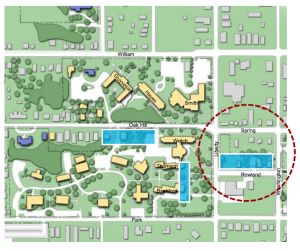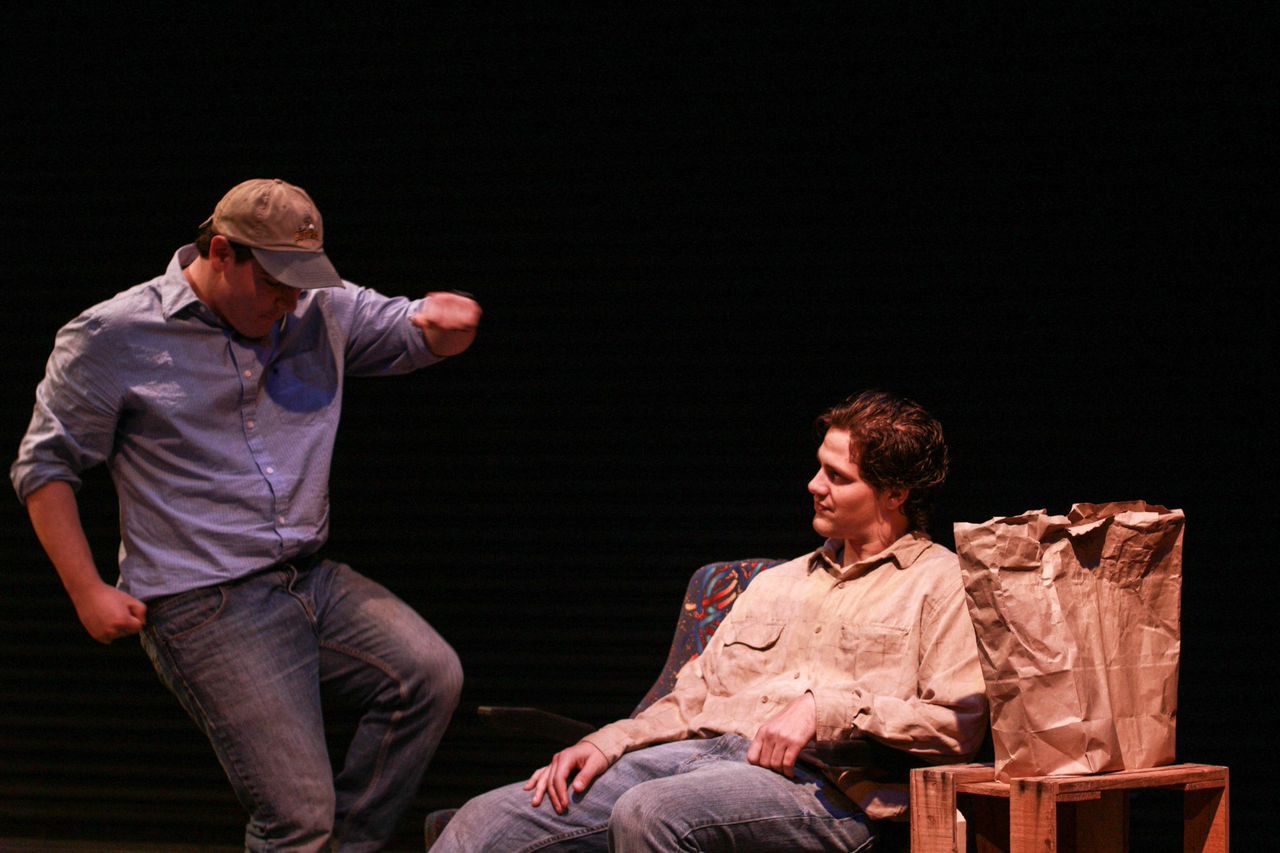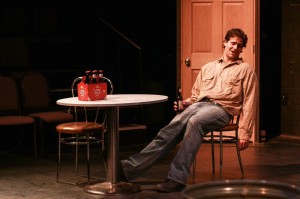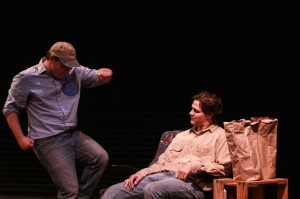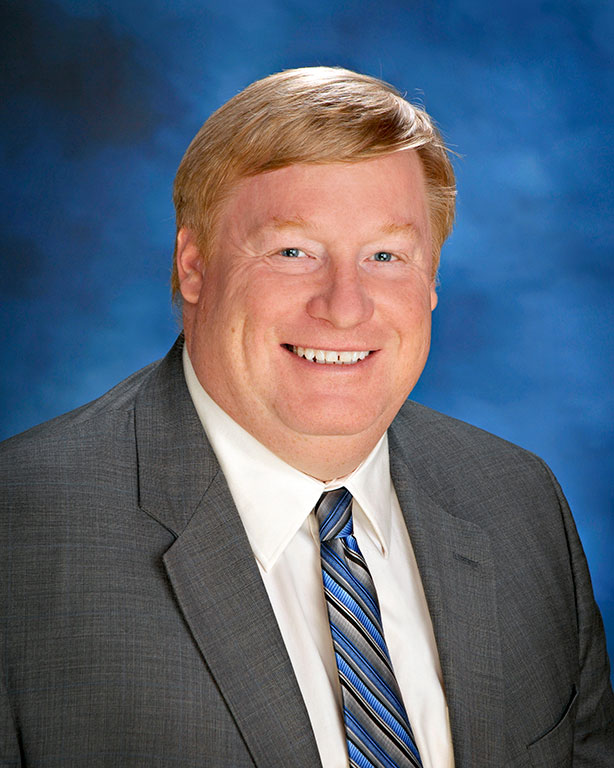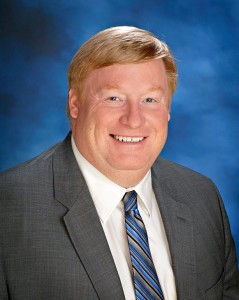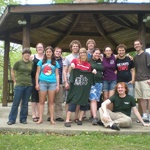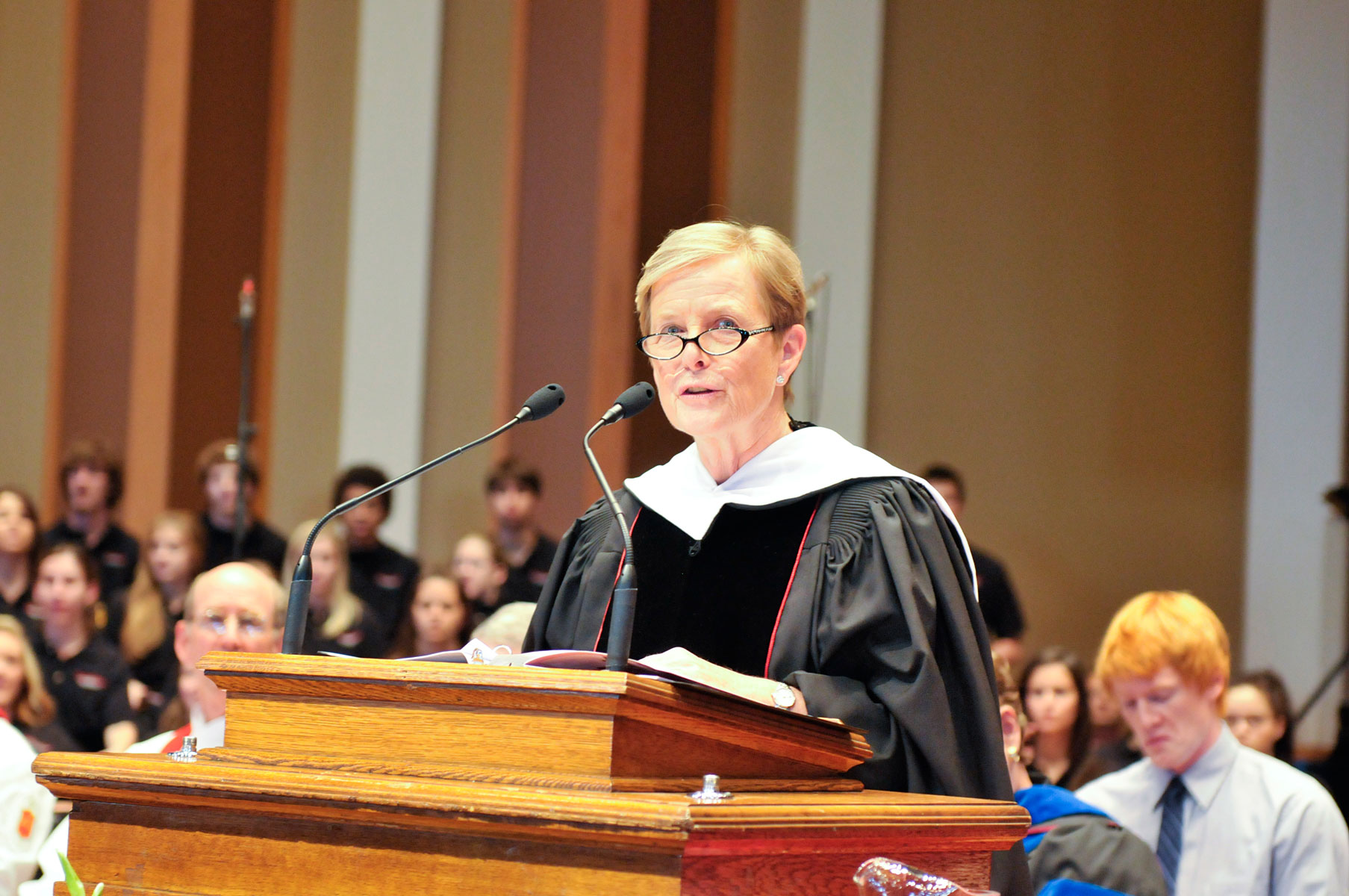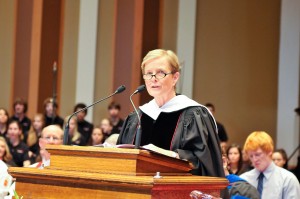
By Hayley Walls
Transcript Correspondent
Despite low student interest in the past, Ohio Wesleyan’s Student Health Services has a dietitian for the third consecutive year to help students learn ways to eat healthier on campus.
The university has offered the service to students since director of Health Services Marsha Tilden proposed the idea.
“I go to a lot of conferences and I noticed that a lot of schools our size have a dietitian,” Tilden said.
The first year the university offered the service, registered and licensed dietitian Becki Nardin-Hardy worked through Chartwells and came to Smith Dining Hall once a month to answer students’ diet and nutrition questions. The service is now available to students by appointment through the Student Health Center.
The position is not full-time, as Nardin-Hardy is only on campus when she has an appointment scheduled with a student. It is unlikely to become permanent because there has not been enough interest in the service to keep a busy schedule.
“So far, we’ve only had three students call about the service this year,” Tilden said.
Nardin-Hardy attended the Division of Medical Dietetics at The Ohio State University after receiving her bachelor’s degree.
She works with dialysis patients in Columbus in addition to working in OWU Health Services. Her father, David Nardin, worked in the Student Health Center for 30 years before retiring in 1999.
During appointments, Nardin-Hardy is able to help students develop healthier eating habits on campus with regard to specific lifestyles, including vegans, vegetarians, athletes and gluten-free eaters.
She can also answer questions about nutritional habits for weight loss and weight gain.
For serious psychological dietary issues such as eating disorders, students should visit Counseling Services.
More than 90 percent of college students eat less than the recommended five servings of fruits and vegetables a day, according to a study conducted by the American College Health Association.
The study also found that more than one-third of college students also have a body mass index that is above or below the healthy weight.
Appointments with the dietitian cost $15 for 30 minutes and $30 for an hour and can be paid for by cash, check or student account.


